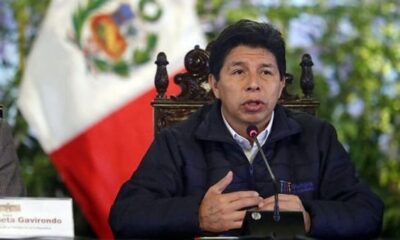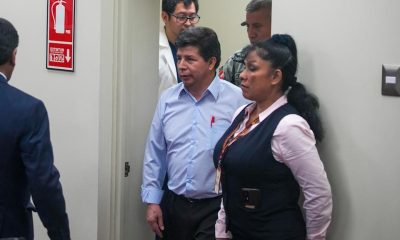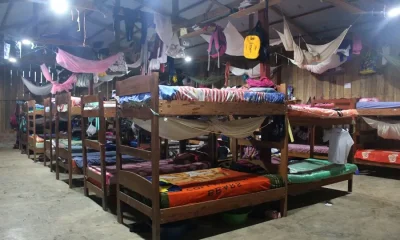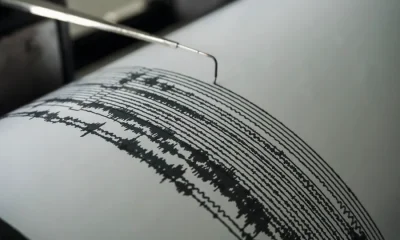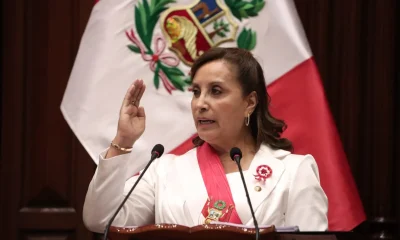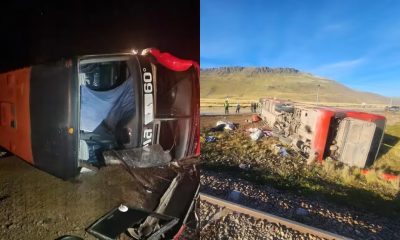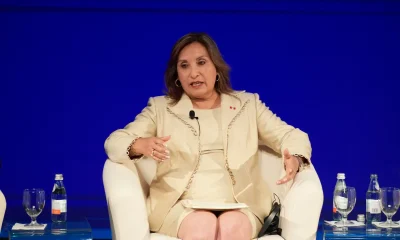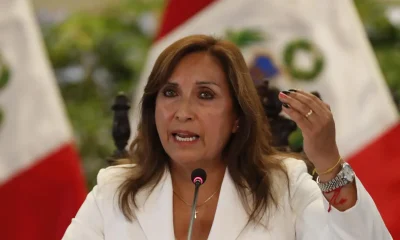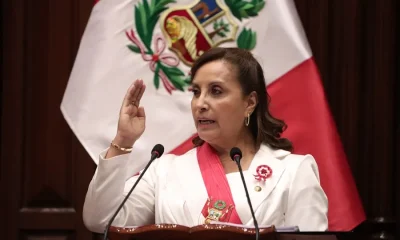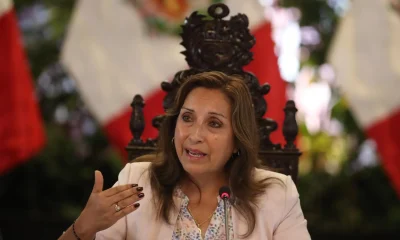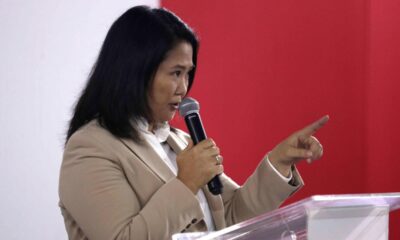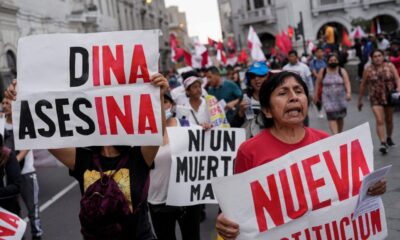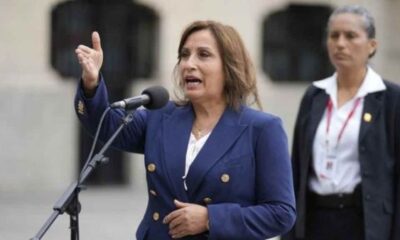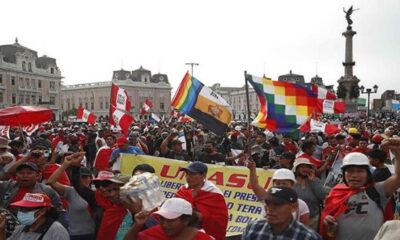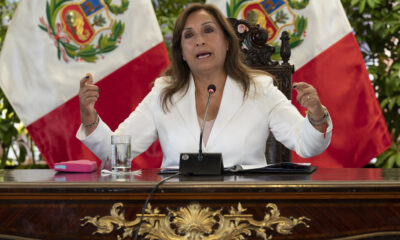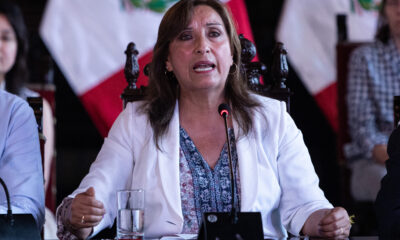International
Peruvians call for popular mobilization against Boluarte’s government
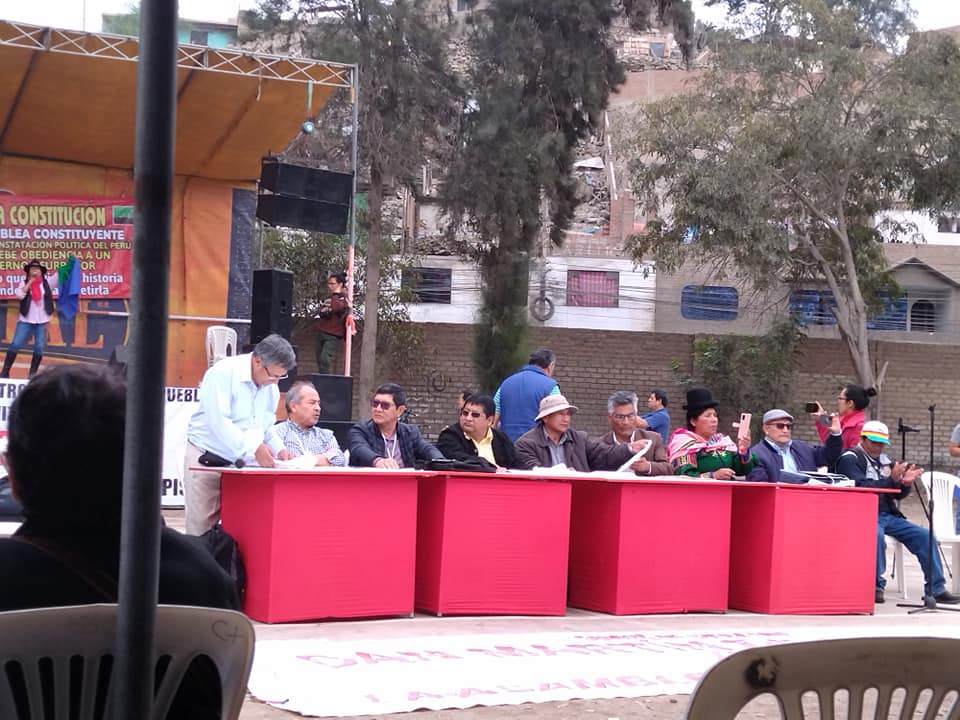
July 3 |
Peruvian social organizations concluded this Sunday in Lima the First National Meeting of Regions and Organized People, space in which they agreed to carry out new days of struggle between July 19 and 28 against the government of the appointed president, Digna Boluarte.
According to reports disseminated through social networks, delegates from all Peruvian regions participated in the meeting, including Puno, Cusco, Apurimac, Arequipa, Ucayali, Pasco and Junin, among others that stood out in the mobilizations carried out since last December 7, which also demanded the release of former President Pedro Castillo.
The participants stressed the urgency of recovering the sovereignty of the people and demanded the exit of Boluarte, the closing of the Congress, a Constituent Assembly, the freedom of the detainees and justice for the civilians murdered by the Army and the Police during the mobilizations.
The new cycle of protests will be called National Day of Permanent Popular Mobilization and will have its epicenter in Lima, where representatives of regional, union and agrarian organizations, among others, will converge.
It is foreseen that the commands of struggle organized in each province will send delegations of demonstrators to the Peruvian capital, where food, tents, blankets, medicines and other supplies are already being stockpiled.
In the mobilizations, which will coincide with Peruvian Independence Day (July 28), they will also demand that the US troops, whose entry was approved by Congress and the Executive, leave the country.
Previously it was denounced that the arrival in Peru of the first contingents of these troops coinciding with the reactivation of the popular protests is no coincidence.
After the parliamentary coup d’état against Castillo, last December 7, Peru became the scene of massive protests against the Executive of Boluarte, who is held responsible for the deaths of 70 civilians during those mobilizations.
The date of July 19 was not chosen by chance: on that day, in 1977, the Peruvian people staged a strike that put an end to the military government of Francisco Morales Bermudez, who came to power after a coup d’état against Juan Velasco Alvarado.
International
Police investigate deaths of Rob Reiner and wife as apparent homicide

The Los Angeles Police Department (LAPD) is investigating the deaths of Hollywood actor and filmmaker Rob Reinerand his wife as an “apparent homicide,” amid a wave of tributes to the director of classics such as When Harry Met Sally.
According to U.S. media reports on Sunday, Rob Reiner and Michele Singer Reiner were found dead at their Los Angeles mansion with what appeared to be stab wounds.
Several political figures shared messages of condolence following the reported deaths of the director of A Few Good Menand his wife.
While the LAPD did not officially confirm the identities of the victims, it stated that homicide detectives were dispatched to the Reiner residence.
“At this time, no additional details are available and the investigation into an apparent homicide is ongoing,” the Los Angeles Police Department said in a statement posted on social media.
LAPD Deputy Chief Alan Hamilton told reporters that no arrests have been made and that no individuals are currently being questioned as suspects.
“I’m not going to confirm whether anyone is being questioned at this moment or not. We are going to try to speak with as many family members as we can,” Hamilton said.
CNN reported that a family spokesperson confirmed the deaths of Reiner and his wife.
California Governor Gavin Newsom, former U.S. President Barack Obama, and former Vice President Kamala Harrisissued statements expressing their condolences.
International
U.S. and Mexico Reach Deal to Address Water Deficit Under 1944 Treaty

The United States and Mexico have reached an agreement to comply with current water obligations affecting U.S. farmers and ranchers and for Mexico to cover its water deficit to Texas under the 1944 Water Treaty, the U.S. Department of Agriculture said in a statement.
The department уточified that the agreement applies to both the current cycle and the water deficit from the previous cycle.
On Monday, U.S. President Donald Trump accused Mexico of failing to comply with the water-sharing treaty between the two countries, which requires the United States to deliver 1.85 billion cubic meters of water from the Colorado River, while Mexico must supply 432 million cubic meters from the Rio Grande.
Mexico is behind on its commitments. According to Washington, the country has accumulated a deficit of more than one billion cubic meters of water over the past five years.
“This violation is severely harming our beautiful crops and our livestock in Texas,” Trump wrote on Monday.
The Department of Agriculture said on Friday that Mexico had agreed to supply 250 million cubic meters of water starting next week and to work toward closing the shortfall.
Agriculture Secretary Brooke Rollins, quoted in the statement, said Mexico delivered more water in a single year than it had over the previous four years combined.
Trump has said that if Mexico continues to fall short of its obligations, the United States reserves the right to impose 5% tariffs on imported Mexican products.
Mexico’s Deputy Foreign Minister for North America, Roberto Velasco, said that a severe drought in 2022 and 2023prevented the country from meeting its commitments.
International
Several people shot in attack on Brown University campus

Several people were shot on Saturday in an attack on the campus of Brown University, in the northeastern United States, local police reported.
“Shelter in place and avoid the area until further notice,” the Providence Police Department urged in a post on X. Brown University is located in Providence, the capital of the state of Rhode Island.
U.S. President Donald Trump said on his social media platform Truth Social that he had been briefed on the situation and that the FBI was on the scene.
At 5:52 p.m. local time (11:52 p.m. GMT), Brown University said the situation was still “ongoing” and instructed students to remain sheltered until further notice.
After initially stating that the suspect had been taken into custody, Trump later posted a second message clarifying that local police had walked back that information. “The suspect has NOT been apprehended,” the U.S. president said.
-

 Central America2 days ago
Central America2 days agoPanama seizes over three tons of drugs hidden in Caribbean port container
-

 International2 days ago
International2 days agoPolice investigate deaths of Rob Reiner and wife as apparent homicide
-

 International4 days ago
International4 days agoSeveral people shot in attack on Brown University campus
-

 Central America2 days ago
Central America2 days agoOAS urges swift recount in Honduras as election results remain uncertain
-

 International3 days ago
International3 days agoU.S. and Mexico Reach Deal to Address Water Deficit Under 1944 Treaty
-
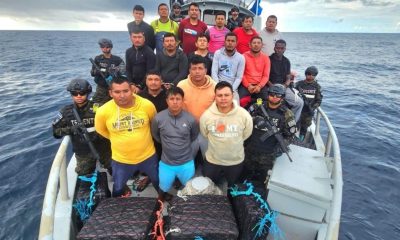
 Central America17 hours ago
Central America17 hours agoEl Salvador ranks among top countries in the Americas in fight against organized crime
-
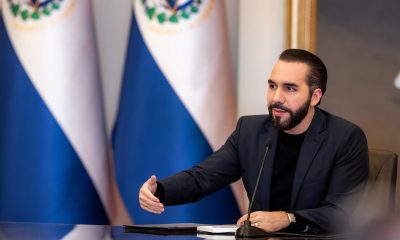
 Central America17 hours ago
Central America17 hours agoBukele says AI partnership with xAI will transform public education in El Salvador

























